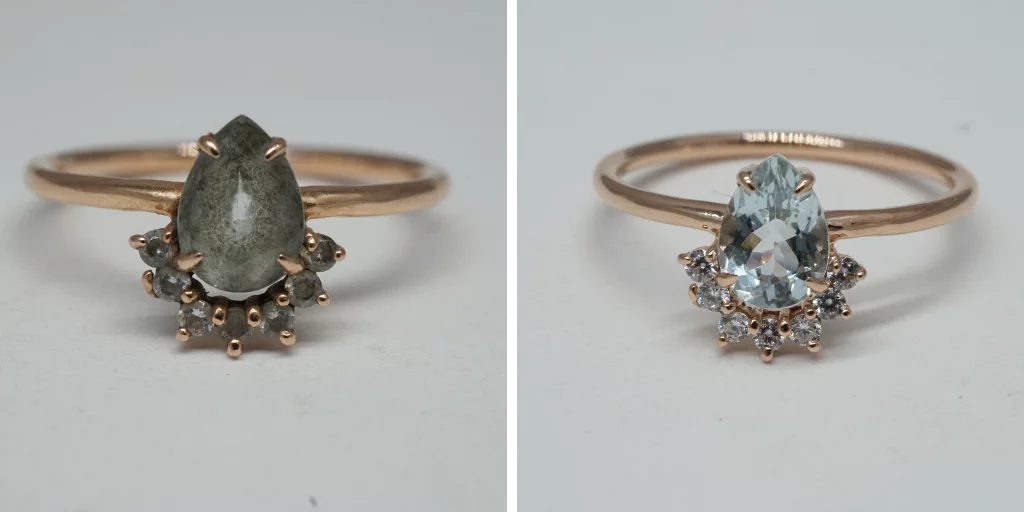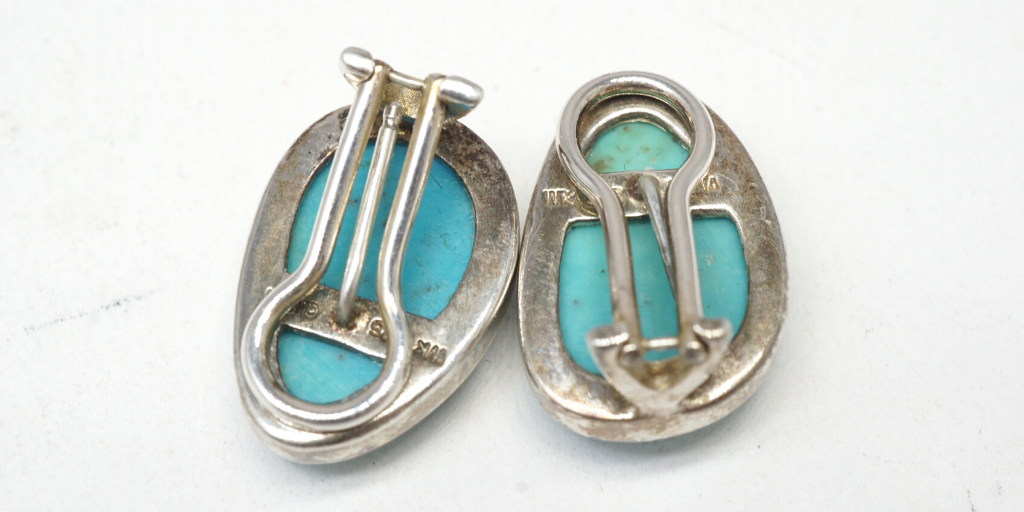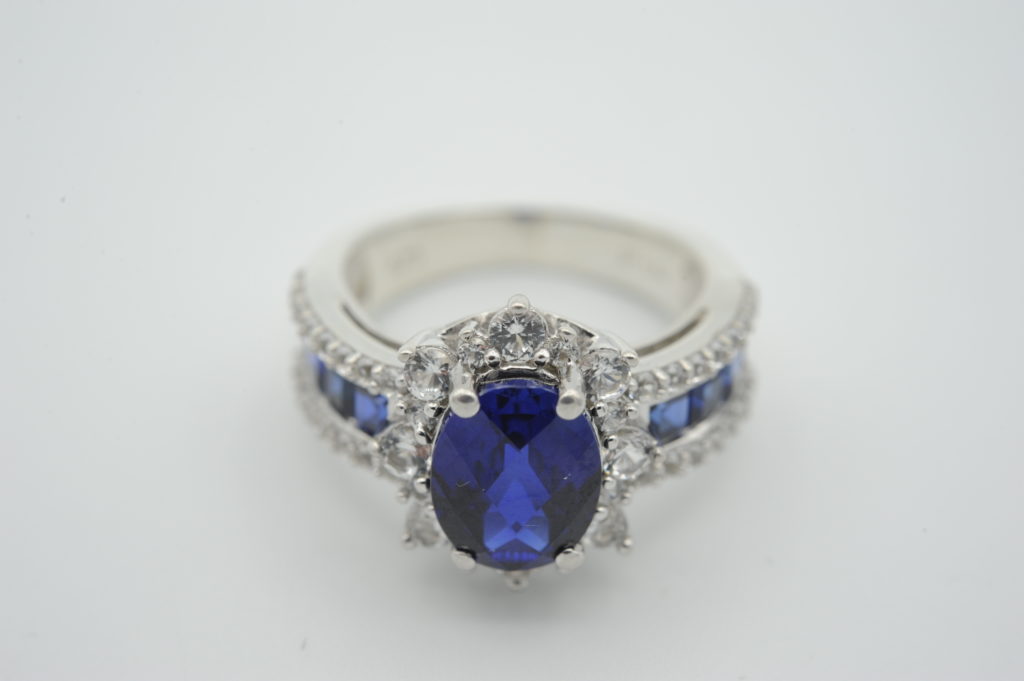Everything You Need to Know About Jewelry Tarnish and How to Prevent It
Written by Anna Currell
August 3, 2023

Over time, even the most exquisite jewelry pieces can lose their luster due to tarnish — especially when you wear them every day. Tarnishing is a natural process that occurs when metals, such as silver, gold, or copper react with oxygen or sulfur in the air. In this guide, we’ll explore the causes of jewelry tarnish and its effects on different metals. Most importantly, we’ll also provide you with practical tips on how to prevent tarnish and keep your jewelry looking stunning for years to come. Let’s dive in!

Understanding Tarnish & Its Causes
Tarnish is the result of a chemical reaction that forms a thin layer on the surface of metals. When metals come into contact with substances like moisture, air, or even certain chemicals, tarnish can occur. The most common metals prone to tarnishing are silver and copper, but even gold and platinum jewelry can tarnish to some extent. Tarnish often appears as a dull, discolored layer on the surface of the metal, diminishing its shine and visual appeal.
There are a few common ways that jewelry can tarnish, including:
- Air and Oxygen: The primary cause of tarnish is exposure to air and oxygen. When certain metals react with oxygen, they form a layer of oxide that changes the appearance of the metal.
- Humidity and Moisture: Exposure to water and moisture, even in the form of high levels of humidity in the air, can accelerate the tarnishing process. It's important to keep jewelry dry and avoid wearing it while swimming or showering.
- Chemicals and Substances: Certain chemicals in the products we use every day, such as perfumes, lotions, hairsprays, and cleaning agents, can also lead to tarnishing. Many of these substances contain common chemical compounds that react with metal and cause tarnish.
Metals Prone to Tarnish
Most metals are prone to tarnish, but some are more prone than others, and the effect will look different depending on the metal. Here are some of the notable differences between how different metals react to tarnish:
- Silver: Because most silver includes copper, it is particularly susceptible to tarnish. Mixing metals to create an alloy enhances tarnish formation. Tarnished silver will look like it’s dirty, with a brownish coating obscuring the originally shiny, lustrous surface.
- Copper: Copper jewelry can tarnish quickly and develop a greenish patina called verdigris.
- Brass and Bronze: Both brass and bronze are copper alloys that develop a dark aged appearance when they tarnish.
- Gold and Platinum: While gold and platinum are more resistant to tarnish compared to other metals, they can still be affected, especially when exposed to chemicals or stored improperly.

Preventing Tarnish
To keep your jewelry in excellent condition and to avoid tarnish as much as possible, follow these simple steps:
- Proper Storage: Store your jewelry in a cool, dry place. Consider using velvet jewelry bags, lined jewelry boxes, or cushioned dresser drawers with safe compartments for your pieces. Try to store your jewelry pieces separate from each other so that the metals don’t come into contact with each other, which can cause scratching.
- Keep it Dry: Remove jewelry before swimming, showering, or engaging in activities that may expose it to excessive moisture. If your jewelry does come into contact with water, be sure to dry it thoroughly.
- Avoid Chemical Exposure: Avoid direct contact between jewelry and chemicals, including perfumes, lotions, and cleaning solutions. To minimize contact with any lotions, perfumes, or hairsprays, put your jewelry on last when getting dressed in the morning.
- Use Protective Coatings: Consider using protective layers like specialized jewelry e-coatings to create a barrier between your jewelry and the environment. Rhodium or gold plating can provide more protection too, and it should be reapplied twice a year.
- Clean and Polish Regularly: Gently clean your jewelry with mild dish soap and warm water at home, or send it in to your trusted jeweler for help with delicate pieces or tougher grime. Regular polishing can remove tarnish and restore the shine of your jewelry.
Jewelry tarnish is a common occurrence, but with proper care and maintenance, you can keep your precious pieces looking radiant for years. By understanding the causes of tarnish and implementing preventive measures such as proper storage, avoiding moisture and chemicals, and regular cleaning, you can ensure that your jewelry remains in great shape.
In the event that your jewelry does get tarnished, don’t panic — it doesn’t mean the end of your favorite pieces. Take them to the professionals for help; our experts at Quick Jewelry Repairs can provide a thorough cleaning and a gold-plating or rhodium plating service to give your jewelry renewed luster and extra protection.


